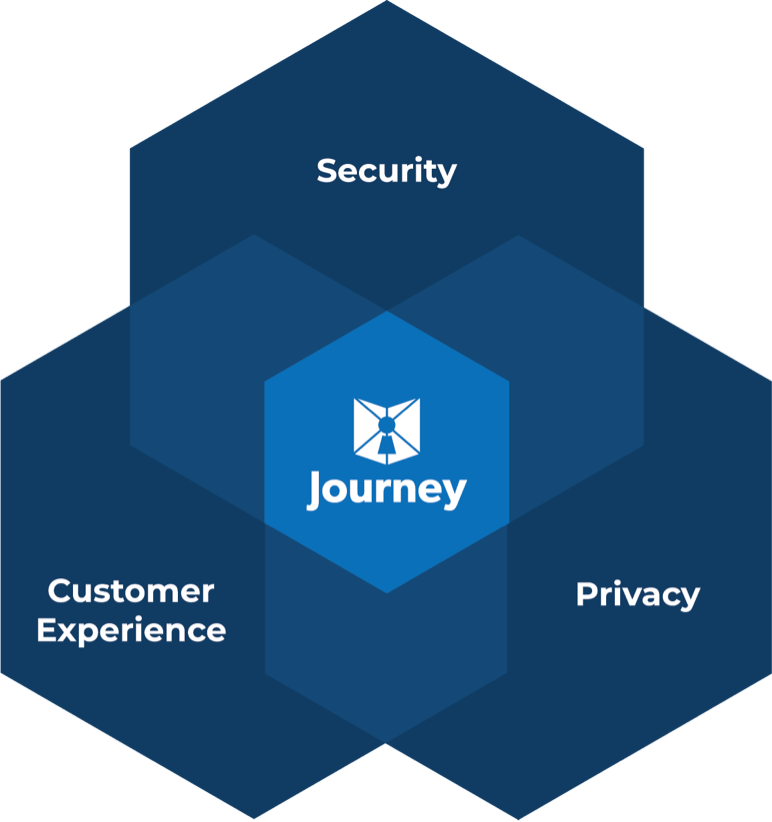There was a time when identify theft consisted of only stealing your name and driver’s license. Now, thieves can electronically invade personal digital privacy and steal everything.
Over 64% of Americans have experienced some form of a data breach. This violation of privacy is more than illegal—it’s humiliating.
Since technology is always evolving and changing, it’s important to stay up to date on the latest ways to protect customer’s digital privacy.
Credit Freeze
Do you think someone is opening credit cards in a customer’s name? Recommend they freeze their credit with the major reporting bureaus.
When you perform a credit freeze, no lending institutions or persons can view your credit. That means no one can open a credit card or take out a loan in your name.
A credit freeze limits what you can do financially. A person won’t be able to take out a mortgage, purchase a car, or possibly get a job.
Software Updates
Your personal devices periodically flash notifications to update software. Many times these updates fix bugs or crashes within certain apps or functionality.
Often, software updates provide much-needed security patches. The technology company of your personal devices is constantly testing the security of their operating systems.
When the company discovers weaknesses, they fix the problems and provide updates. Make sure you constantly update devices to avoid being susceptible to viruses, bugs, or hackers.
Digital Privacy Toughness
Be tough and commanding with digital privacy. Start by recommending customers eliminate unused applications, browse the internet in a private mode, and turn off location settings.
Some organizations and applications need an email to provide services or goods. People can get around this requirement by having an email designed for these specific purposes.
Don’t give out emails or location willingly. This is a frontline defense to digital privacy.
Two-Factor Authentication
Passwords can be guessed or stolen. Some people like to have the same password for every login (this is not recommended), but you can mitigate risk with two-factor authentication.
With two-factor authentication, after someone enters the correct password they’ll have to enter another code sent to an email address or phone. Without this code, a person will be denied access to your website or application.
Two-factor authentication is specifically useful for an organization that keeps or stores financial information. Advanced authentication may require more than just a passcode.
Use a Password Administrator
Think of a password administrator or manager as a guardian for passwords. It does all the work of remembering complicated passcode or phrases. All they need to know is one.
This is a secure option since people won’t be writing passwords down on paper or storing them in a word document, or worse, on their phone.
Protect Your Life
Americans keep their lives and secrets on digital devices instead of filing cabinets. With this transition, you have to adapt to all the risks and bad characters.
Use these tips to defend digital privacy. Don’t wait until it’s too late and someone has plunged others into debt or ruined your reputation.
If you’re ready to take digital protection to the next level, then contact us today.



